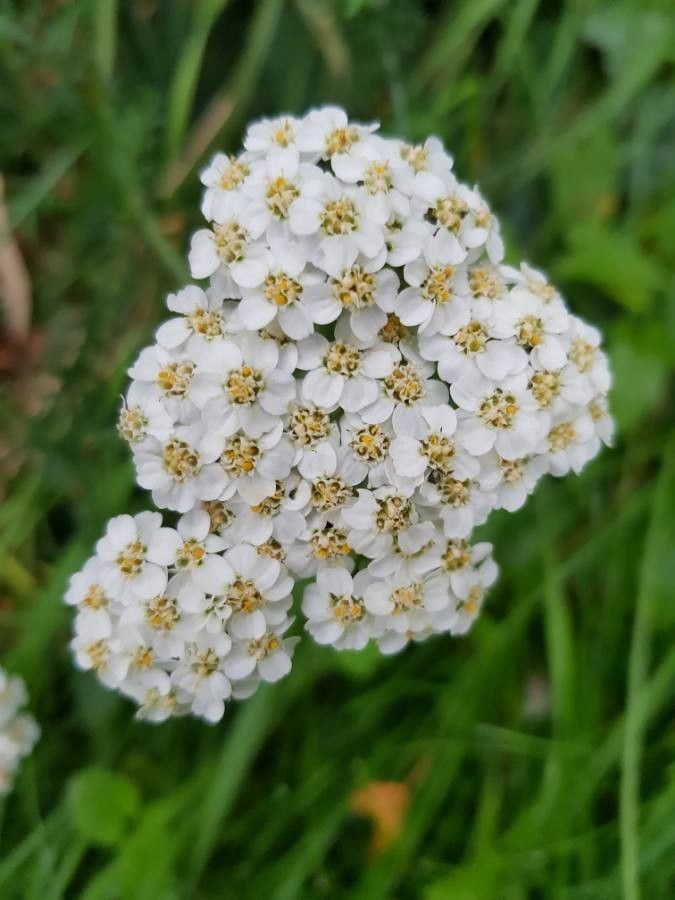পর্যবেক্ষণ
সংকল্প
Proposed determinations
Achillea millefolium

HISTORY AND USE
THE MILLEFEUILLE IS A PLANT ORIGIN FROM EUROPE whose healing properties have been known for a long time.Yesterday, the yarrow was used to stop the bleeding caused by war wounds.Active against the hay fever, it also treats the common cold and the flu, it is also used in case of problems related to menstruation and circulatory disorders.
DESCRIPTION OF THE PLANT
Yarrow is a perennial plant of the family Asteraceae growing in temperate zones of several continents (Europe, Asia, South America). A plant with a little branched stem, it is usually 60 to 80 cm. some specimens can grow up to two meters, stems are covered with woolly, whitish hairs, elongated leaves of yarrow are dark green, petiolate at base, flowering occurs between June and September: flower heads yarrow are white, pink or purple and have white-yellow to yellow florets in their hearts.
CURATIVE ACTION
INTERNAL USE
Antispasmodic and decongestant: yarrow helps relieve digestive disorders, but also menstrual pain.
Peptic: it helps digestion and heals dyspepsia.
Emmenagogue: the plant stimulates blood flow to the pelvic region and the uterus.
EXTERNAL USE
Healing and coagulation: Applied as a compress, yarrow helps stop bleeding and helps to heal wounds.Anti-inflammatory: the plant relieves skin inflammation.
Antispasmodic: used in sitz bath, it relieves menstrual pain.
Antiseptic: Yarrow helps to prevent infections.
USES
To treat loss of appetite, digestive disorders and menstrual pain, yarrow is consumed as an infusion, at a rate of one to two teaspoons in 150 ml of water, to be taken three times per day. day between meals, liquid extract (1 to 2 ml three times a day) or mother tincture (5 ml in a little water or fruit juice three times a day) can also be used.
In external use, yarrow is used in three different ways: compresses from an infusion of one to two teaspoons in 250 ml of water, essential oil diluted in a little oil vegetable, in sitz bath for menstrual pain, with 100 g of dried plants infused in a liter of water that is then diluted in twenty liters of hot water.
More simply, a fresh yarrow leaf placed in the nostrils will stop nosebleeds, while chewed poultice leaves are an excellent anticoagulant.
V
৫%Confidence score
M
৫%Confidence score
Suggest another determination
You don’t agree with the suggested species but don’t have another suggestion

